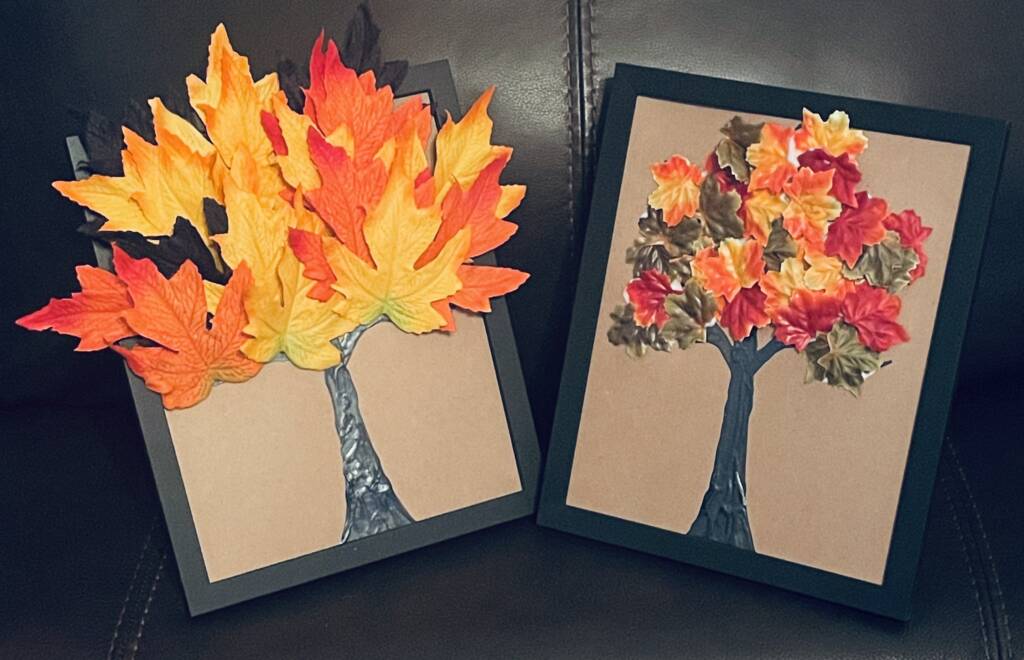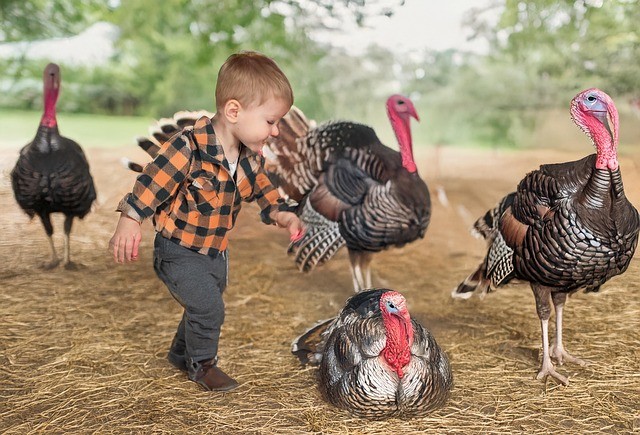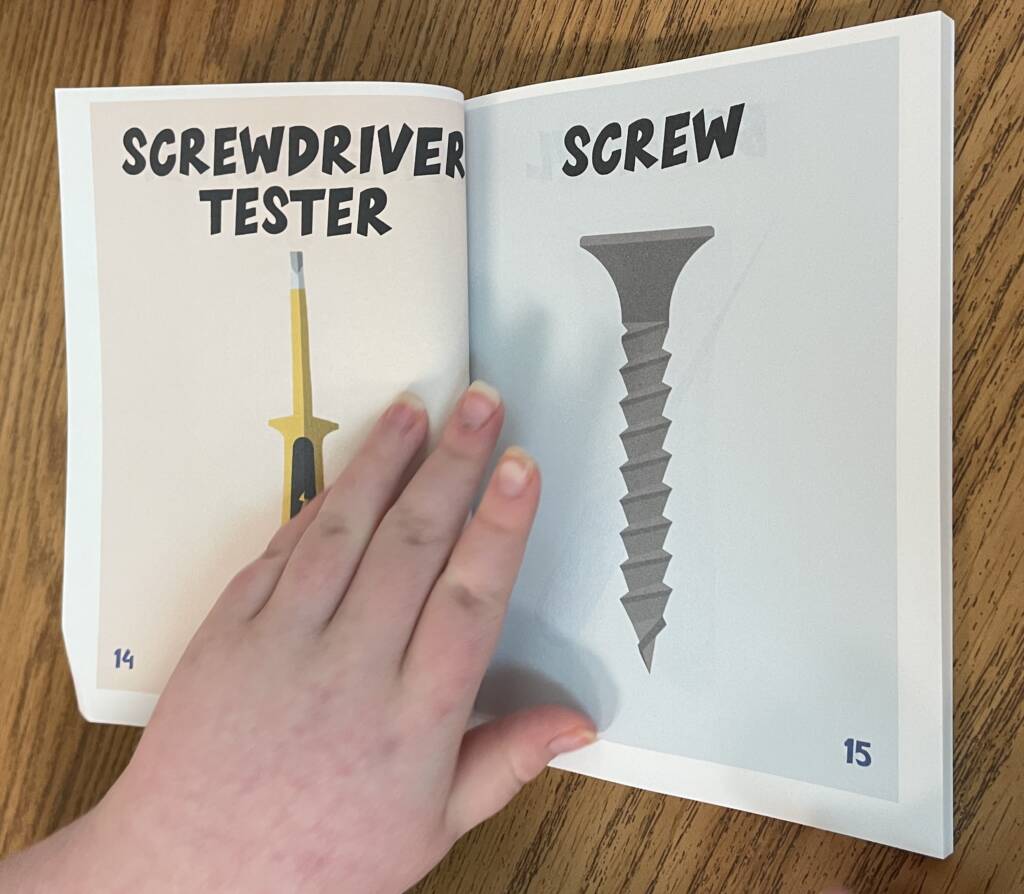“Of all the trees most lovely; Each year you bring to us delight with
brightly shining Christmas light!” -Ernst Anschütz, ‘O Christmas Tree’
The book I selected for this month was The Littlest Christmas Tree by R. A. Herman. The book description: “There are only five days until Christmas, and the Littlest Christmas Tree is still waiting for a home. All it wants is for a family to take it home, decorate it, and sing its favorite song, “Oh Christmas tree, Oh Christmas tree, how lovely are thy branches…” But as Christmas nears, and one by one the other trees find homes, the Littlest Christmas Tree begins to think that no one will ever take it home. And then, on Christmas Eve, its wish comes true when the man who runs the Christmas tree stand takes it home to his family.”
The skills worked on this month are many. Here’s but a few:
- book knowledge (i.e., title, author, page turning, image walking)
- use of low vision tools while reading the book
- develop hand and eye coordination
- turning pages
- soliciting assistance appropriately
- fine motor
- communication
- positional concepts
- choice making
The Tree Craft
- 8 x 10 Inch Wooden Christmas tree cutout, unfinished
- Wooden ornaments
- Elmer’s E430 craft bond tacky glue
- Green craft paint
- Brown craft paint
- Sponge paint brushes
- Jute string
- Dremel
- Parchment paper
Day one was all about painting. Prep work took very little time. I used a Dremel to drill holes in the wooden tree in order to hang the ornament. I put the tree on parchment paper to keep the tree from sticking to whatever it sat on to dry. The students were allowed to paint the tree however they wanted…paintbrush strokes or dabbing. They were the drivers in their own creative process.

Day two was about decorating their tree. The students chose what items they wanted to use for decorating. They used craft glue to affix the items. If they needed help, they needed to solicit it. I am the queen of sabotage. I handed every student the glue bottle unopened. Several had to ask for help opening it.
Tips
- Have a student that doesn’t like touching paint? I use disposable vinyl gloves on the hand that is holding the item in place while the hand that is using the paint brush does not.
- I used the craft bond tacky glue as the bottle is round and was easier for my students to squeeze than using regular glue bottles. However, some of my students still struggle with squeezing the glue. After consulting with one of the OT’s I work with, she suggested using condiment bottles. I found these on Amazon: squeeze bottles.
- Having trouble holding the sponge paint brush? Try using foam grip tubing. The occupational therapists may have extra you can borrow.

Extension activities
- Create a sensory tub with garland cut into smaller pieces (6” to 12”), Christmas ornaments, pinecones, etc. The students can sort the items into small tubs and then count the items. Perhaps even make a graph of their findings.
- Create a Christmas card for the family. One of the things I did with this is laminate the card and then go back over the image with glitter glue. Once dried, the image is now tactile! You don’t have to laminate the card. I did as several families want to keep the items their child makes in a keepsake box. I used Glitter Glue – 8 bottles of different colors.
- Create ornaments for family…walk through the craft store, did through your own supplies and find things that the students would enjoy making. Several of my students are working on gluing skills, so I focused my attention to activities requiring glue.
- Color pages…This year I had fun with this and the pages focused on the Grinch! Artsy Pretty Plants has a blog post with 45 Best Grinch Coloring Pages.





